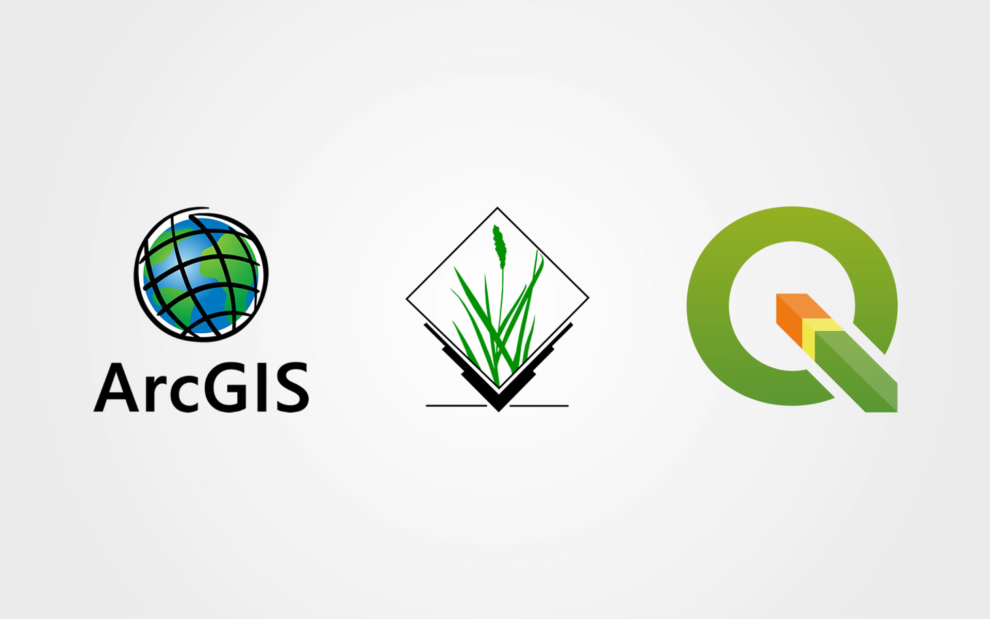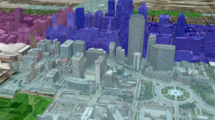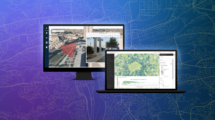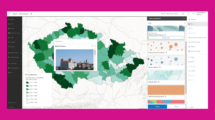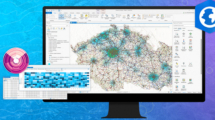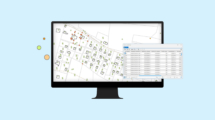Tim Sutton (@timlinux) v roce 2017 založil otevřenou tabulku, ve které jsou vedle sebe srovnané funkce v softwarech Esri ArcGIS, QGIS a GRASS. Nově je také doplněn ArcGIS Pro, ale záleží na uživatelím, jak jej v tabulce doplní.
Funkcí je hodně a tři softwary jsou mezi sebou velmi srovnatelné, ostatně podívejte se do tabulky. (Případně se můžete i zapojit a doplnit, co o softwaru, který používáte, víte.)
Display Earth Resources Laboratory Applications Software (ELAS) datasets
Consume Enhanced Compression Wavelet (ECW)
Geospatial Data Abstraction Library (GDAL)
Display LAS (Lidar Data Files)
Display LAS Datasets
Display LASZ Compressed LAS
Reshape Existing Features
Cut Polygon Features
Buffer Features
Create New Features
Create New Features from the Buffer
Create New Polygons
Modify Each Selected Row Individually or as a Group (Attributes Dialog)
Split Lines
Explode (multi-part) Features
Simplify Features
Topology Rules Can Create
Report Topology Errors
Add Rule to Topology
Create Topology
Validate Topology
Snapping Geometry
Create a Database View
Add web map service to a data view
Add web feature service to a data view
Read/display/consume shapefiles
Read/display/consume file geodatabase
Read MS Excel file format
Read DBF file format
Layout and symbolize a map to display data
Create multiple layouts for one „map document“
Insert a second data frame
Insert an inset map in the layout
Export a map in optional formats
Advanced cartography tools (e.g., annotation)
Export a data window in optional formats
Select records by a query of attributes
Select records by location
Select records interatively in a table
Select records interactively in a map
Export a selection of records
Bookmark a map extent
Change the map scale of a data window
Define the projection of a data layer
Re-project a dataset
Join a table to a data layer
Join the table of a polygon data layer to a point data layer based on point location within a polygon
Buffer a feature or selected features
Clip one dataset based on another dataset
Intersect features
Union features
Merge features
Dissolve features
Manage datasets in a catalog
Create and edit features
Digitize from source map
Advanced editing
Snap to basemap layers
Snap to feature service layers
Build a model of processes and output
Read raster formats (MrSID, TIFF, GIF, JPEG2000)
Spatial analysis
3D analysis
Extract, overlay, proximity, statistics
Generalize data
Convert vector to raster
Raster processing
Classify a raster dataset
Create a mosaic dataset
Create LAS dataset
Metadata editing, import, export
Generate tile cache tiling scheme
Geocode addresses
Reverse geocode
Spatial statistics
Analyze a (road) network
Linear referencing tools
Create and edit metadata templates
Create and edit valid metadata records
Validate metadata records
